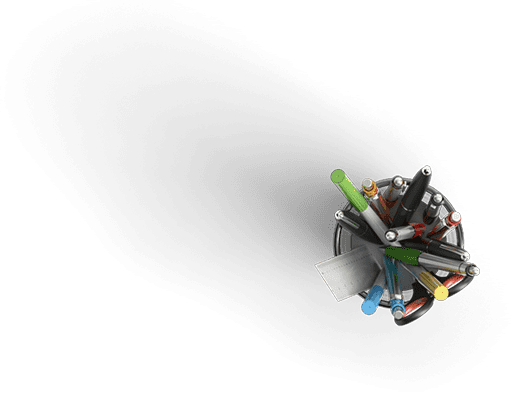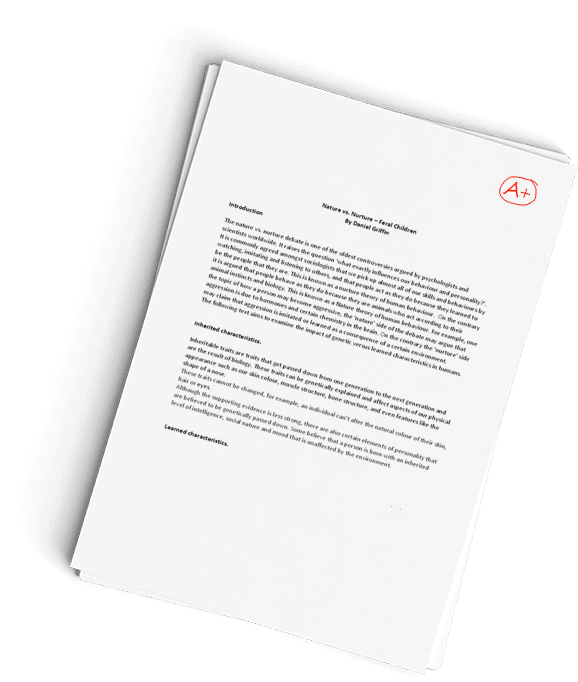Rasmussen College Mod 2 Understanding Planetary Motion Project
Johannes Kepler, a 17th Century astronomer and mathematician, published three laws of planetary motion that improved upon Copernicuss heliocentric model. These laws were made possible by years of accurate planetary measurement collected by Keplers predecessor, Tycho Brahe. Keplers laws were a radical change from previous astronomical models for the Solar System which maintained the ancient Greek idea of perfect circular motion. With the Stellarium planetarium software, we are able observe the orbit of the planets and test some of his ideas.
Background Question Describe Keplers three laws of planetary motion.
Object: Explain the purpose of this laboratory assignment in your own words. What do you think you will accomplish or learn from this exercise?
Hypothesis: Write a simple hypothesis connected to Keplers laws of motion that you will be able to test using the Stellarium software (for example, if Keplers laws are correct, Mercury should move fastest in its orbit when it is closest to the Sun).
Procedure
1) Open the Stellarium software. Open the location window (F6) and change the planet to Solar System Observer. This will change our observing location to a position outside our Solar System.
2) Open the Sky and Viewing options window (F4). Under the Sky tab, uncheck the Atmosphere, Stars, and Dynamic eye adaption. Check Show planet markers and Show planet orbits.
3) Select the Landscape tab and uncheck Show ground.
4) Open the Search window (F3) and enter in the Sun. The view should shift such that the Sun is in the center of the screen.
5) With the mouse wheel, zoom in toward the Sun and you should be about to see the orbits and position of each of the planets. If you left click on one of the planets, then only that particular planets orbit will be displayed. With the time control at the bottom right, accelerate the flow of time until you see the planets moving in their orbits.
Q1. List the visible planets in order of increasing distance from Sun.
Q2. Are the planets moving at the same speed? If not, which planet is the fastest and what planet is the slowest
6) Zoom down until you see Mercury orbit. Left click on Mercury so you only see Mercurys orbit and information on the left.
Q3. Is Mercury orbit perfectly circular or is it slightly egg shaped?
Q4. Is the Sun at the exact center of Mercury orbit?
7) Click somewhere off a planet so all the planets orbits are displayed. Zoom out until you see the orbit of Mars. Open the Search window and type in 2P/Encke. Stellarium will center on a comet that has a very elliptical orbit. Increase the flow of time enough so you can see Comet Encke move in orbit around the Sun
Q5. When does Encke move the fastest? Is this in agreement with Keplers second law?
8) When you click on a planet, a display of information is show on the upper left. This include the planets distance from Sun and its sidereal period. According to Keplers third law, the square of a planets sidereal period is equal to the cube of planets average distance from the Sun. We can test this law with information from Stellarium.
9) Select three planets. Click on each planet and record their sidereal period in years (this will be the second value displayed with the unit a meaning Earth years.
10) The average distance of each planet from the Sun is not directly displayed, only its current distance from the Sun. The average distance can be calculate by adding the perihelion (closest distance a planet gets to the Sun) and aphelion (furthest distance a planet get from the Sun) and dividing by two. To obtain the perihelion and aphelion, you will need to select your chosen planet and advance time until you get the smallest and largest distances (in units of AU) from the Sun values listed in the information display. Remember you can always pause the flow of time with the play/pause button in the software time controls.
11) Record your period and distance data in the table below
|
average distance (a) |
||||
|
Planet |
Period (p) |
= (perihelion + aphelion) / 2 |
p2 |
a3 |
Q6. Does your data support Keplers third law (p2 = a3)
12) Continue using Stellarium to test your individual hypothesis. If you need further direction, please ask your instructor.
Conclusion: In 1-2 paragraphs, explain if your observations and data support or conflict with your hypothesis and if you have met your assignment objective. Was there any portion of the assignment that was particularly interesting or difficult?
Have a similar assignment? "Place an order for your assignment and have exceptional work written by our team of experts, guaranteeing you A results."








